Chinese weddings incorporate traditions and customs that were passed down generations ago during the Han dynasty (206 BC – 220 AD). They play a big role in how family and friends celebrate the union of the couple. By carrying out these practices, couples get to explore a deeper understanding on the roots of Chinese culture and realise their purpose and importance, even in modern times.

Age-old customs like dowry and exchanging of betrothal gifts were initially guided by traditional texts and values of Confucius. Today, these customary steps are condensed into the Three Letters and Six Etiquettes (三书六礼) to guide couples to incorporate all six rites for a complete wedding.
Three Letters:
– Betrothal Letter
– Gift Letter
– Wedding Letter
Six Etiquettes:
– The proposal
– Matching of names and birth dates
– Present the betrothal gifts
– Present the wedding gifts
– Selection of an auspicious wedding date
– Wedding ceremony
Must-have traditions in contemporary times

With the emergence of modern wedding styles, you may be wondering whether the traditions will have its place in contemporary wedding day activities. Despite the long history of these customs, they remain relevant to help couples keep the tradition well and alive, and feel closer to their heritage. As these traditions are regarded to be a vital and highly esteemed aspect of a wedding, couples can still incorporate them in a more modern manner while retaining its deep-rooted significance.

1. The Betrothal

The purpose of the Guo Da Li is to show respect and thank the bride’s parents for raising the bride. At the same time, it is also a presentation of the groom’s family’s desire to build good relations with their future in-laws. By accepting the gifts, it signifies that the bride’s parents have formally accepted her commitment to the groom. Today, the betrothal ceremony will take place 2 – 3 weeks before the wedding. The gifts are prepared in pairs and presented in traditional tiered wedding baskets, which typically include red packets, bottles of alcohol, Dragon and Phoenix candles, pig trotters and oranges.
During Guo Da Li, betrothal jewellery is also presented from the groom’s side as a form of blessing for the bride and to reflect their acceptance of her as a new family member. Known as Si Dian Jin, this classic jewellery gift will vary in styles – depending on the bride’s dialect group; each with their own symbolism and significance. The bride is expected to wear it on her wedding day or the wedding banquet, to show her appreciation and allow guests to admire it.
While Si Dian Jin was traditionally practiced among Teochews only, many modern couples today have integrated this betrothal jewellery into their wedding practices regardless of their dialects. At SK Jewellery, we present our 999 Pure Gold Si Dian Jin collection to help bestow the purest form of blessings. For couples looking for betrothal or wedding gift jewellery, this 4-piece set jewellery includes a necklace, bangle, ring and a pair of earrings. Beautifully crafted with gold workmanship and various timeless motifs, couples can select their preferred Si Dian Jin designs and meanings – making them unique to their union and to pass down as heirloom pieces.
2. Matrimonial bed setting

This important practice is done to bless the couple with good health and a complete family in harmony with many offsprings. It takes place on an auspicious date that is ideally 3 – 7 days before the wedding, and involves decorating the bed with items believed to convey blessings to the couple.
A new set of bedsheets will be put on, preferably in red, which stands for auspiciousness. 4 red packets and 8 bed setting coins must be prepared to represent good fortune. Other items to prepare include a Phoenix Dragon tray, five colour grains, a pair of oranges, a pair of Prosperity Lamp, and Shuang Xi stickers.
3. Hair combing

The Hair Combing ritual, or Shang Tou (上头), represents the transition of the bride and groom to adulthood. This practice takes place at their respective homes on the night before their wedding. Prior to the combing procedure, the couple should bathe in water with pomegranate or pomelo leaves, believed to assist in removing evil spirits. Then, they will change into a new set of silk pyjamas and bedroom slippers, before sitting on a chair in view of the pair of Dragon and Phoenix candles.
The hair will be combed 4 times while parents recite several lines of blessings with each comb stroke. The ritual will conclude with the couple consuming glutinous rice balls, symbolising a complete and lasting marriage.
4. Fetching the bride

This practice is considered to be one of the exciting highlights in a Chinese wedding – the moment when the groom and his groomsmen arrive at the bride’s place to pick her up. This is also when “gatecrashing” occurs, where the groom’s side will have to perform a series of tasks delegated by the bridemaids to successfully fetch the bride to his house.
Upon arrival, he will have to present red packets to “bribe” the bridesmaids for entry into the bride’s house. Especially with the modernisation of wedding activities, gate-crashing challenges have grown to be creative and fun for the groom to take part in and prove himself worthy of the bride. These can include food-related games, dancing and singing – all performed to showcase his love for her.
5. Tea ceremony

Another significant event in a Chinese wedding is the tea ceremony, in which the bride meets the groom’s extended family members and relatives for the first time. This ceremony is also the time for the couple to display their respect and gratitude towards their parents for all the love received during their upbringing as well as the blessings for the couple.
The couple will be serving tea to both sides of the family, which is brewed with red dates and longan to symbolise fertility and blessings in the marriage. Tea will be served in order of seniority, starting with the groom’s parents and followed by the eldest family member. The couple must kneel and serve the tea with both hands, and address it to the relative’s formal title in the family. The order typically goes as such: grandparents or parents, uncles/aunts, elder siblings, and elder cousins.
Final thoughts
Age-old wedding rituals and customary ceremonies remain to be a prominent part of the wedding. However, some traditions have come a long way since centuries ago as couples are open to adapting and incorporating them in their big day. Rich in meaning and symbolism, carrying out these practices help both sides of the families to strengthen their bond and provide blessings to the couple.
At SK Jewellery, we understand the importance of traditions like Si Dian Jin. In our bridal 999 Pure Gold collection, we feature classic and timeless gold jewellery designs for weddings, such as Shuang Xi, Phoenix & Peony and Perennial Lillies.
























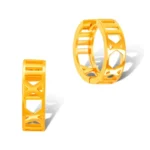


















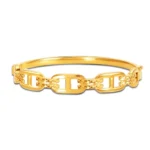
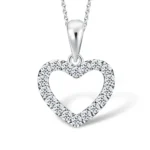
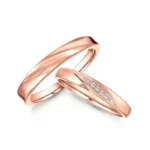
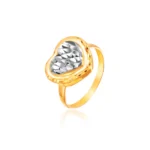
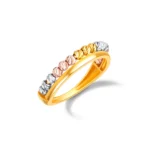
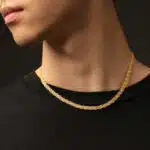
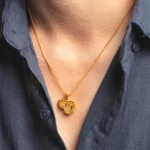
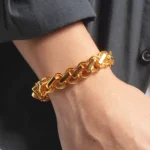
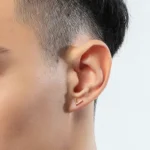
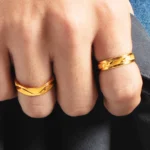









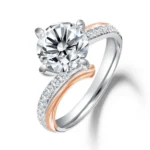





























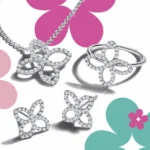




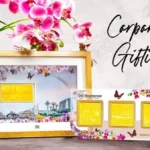




 Singapore
Singapore









